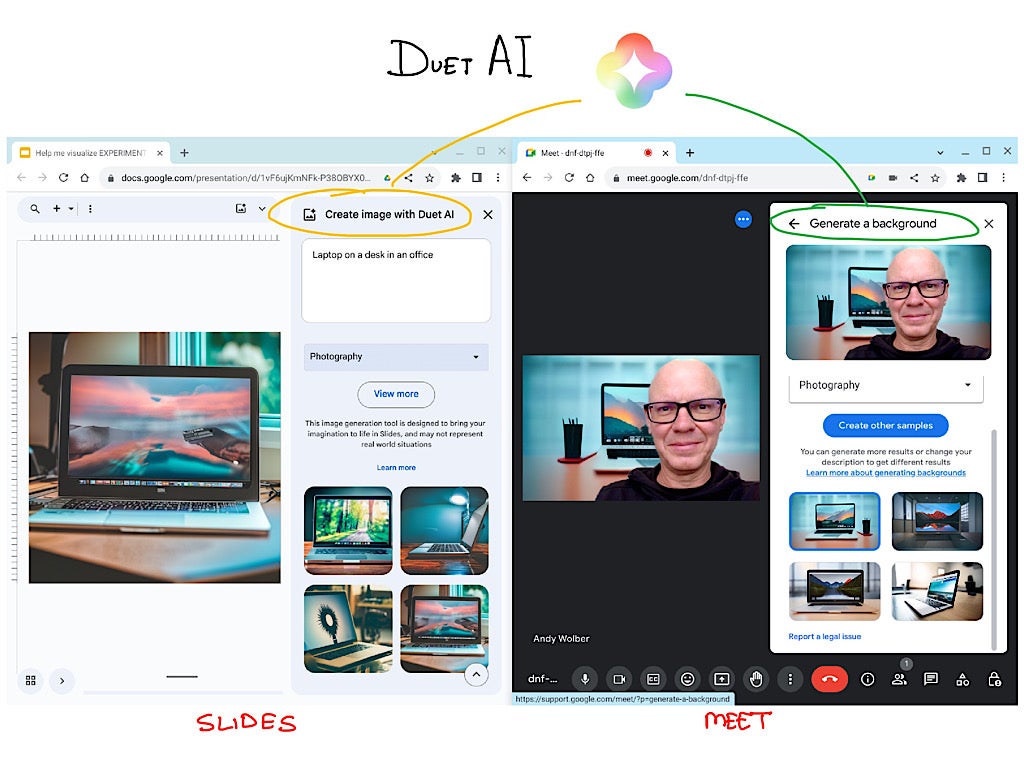SIP vs VoIP is a common question, but it won't help you during the purchasing process.
Voice over Internet Protocol (VoIP) is a general term for the technology that facilitates voice calls over the Internet. It works by converting audio signals into data packets and then converting those packets back into audio when they are received at the other end.
Session Initiation Protocol (SIP), on the other hand, is one of several protocols used to run a VoIP system.
Each protocol has its own rules and standards: MGCP, H.323, IAX, and RTSP are examples of other protocols that VoIP systems can use. SIP is just one way, not the only way.
There is actually no need to choose between the two. In fact, many Internet calls use both.
If SIP vs VoIP isn't the right question, what is?
SIP, SIP trunking, SIP trunking services, IP, VoIP and VoIP services are often used interchangeably, despite being very different things, which creates a lot of confusion.
The right question to ask yourself is whether to use SIP trunking services or VoIP services.
To clarify, here's what these terms really mean:
- VoIP: Technology that allows calls to be made using the Internet.
- VoIP Services: Providers that give you everything you need to use VoIP technology, such as Skype, Zoom, Google Voice and Nextiva.
- SIP: A protocol that allows different technologies, networks, and systems to work together for real-time communication, including phone calls, video chat, and instant messaging.
- SIP Trunking: A method of delivering voice services over the Internet. It allows businesses to connect their existing telephone systems (such as traditional PBXs) to the Internet, making them more cost-effective and easier to scale without having to replace the entire system. On the other hand, switching to VoIP services typically replaces an existing system.
- SIP Trunking Services: Providers, such as Nextiva, Ooma, and RingCentral, give you everything you need to use SIP trunks.
Deciding between SIP trunking services and VoIP services determines how you move forward and whether or not you need to completely replace your current system.
I've mentioned how the underlying technologies behind these services work, but there's much more.
How SIP works
When you make a call, send a message, or start a video call using SIP, the system sends a request to its server to initiate communication. That's all SIP does: it doesn't transmit call data or handle anything beyond starting and ending the communication.
Traditional landline telephone systems use copper wires that physically connect to the telephone company.
When you upgrade to a SIP trunk, those physical wires are replaced with a digital connection to the public switched telephone network (PSTN).
This new connection links your old system to a virtual VoIP system, allowing you to communicate over the Internet.
For this to work, you'll need a Session Border Controller (SBC) to manage the flow of data between your old system and your new virtual system. You'll also need a SIP trunking provider, who will install a SIP server for you and create the connection to your existing system.
When you make a call, SIP sets up the connection and transmits it to your SIP trunk.
The trunk then routes a call from your virtual phone system to the destination, allowing your call to begin.
For incoming calls, it usually looks like this:
- An incoming call comes through your virtual system.
- It is routed to your legacy phone system.
- It is then sent to a computer, mobile device, or IP-enabled phone (depending on how you have it set up).
- If no one answers, the call follows the call routing rules you've set up. This might involve going to voicemail or calling a colleague's phone.
This flexibility allows you and your team to answer calls on a variety of devices, which would not have been possible without SIP trunking.
SIP trunking is often much cheaper than traditional systems because it does not require physical infrastructure. In addition, long distance calls cost the same as local calls, which allows for even more savings.
However, SIP trunking is only useful if you already have a legacy system and want to retain the infrastructure you've invested in.
How VoIP Works
If you don't have an existing analog system or want to get rid of the one you have, the best option is to make the complete switch to VoIP services.
VoIP technology works by converting voice into digital signals, which are compressed and sent over the Internet as data packets. These packets travel through IP networks to their destination.
If you call a landline, VoIP converts the data packets into standard signals along the way so the other person can hear you.
When making an outgoing call, it usually looks like this:
- Your phone connects to your VoIP service provider.
- They act as a switchboard that routes your call and also ensure that your data packets are compressed and transmitted correctly.
- These packets are divided into smaller segments and labeled with important information, such as who is calling and who is receiving the call.
- They then travel through VoIP codecs that further compress the data. This helps maintain voice quality while also reducing the size of the data packets, allowing them to travel faster with minimal latency or delay at the other end.
- At their destination, they are reassembled and converted back into sound waves by a digital-to-analog converter (DAC).
As with SIP trunking, users can make and receive calls using a variety of devices, such as computers, smartphones, or physical phones. Some physical phones are IP-enabled, meaning they are connected to the Internet and work seamlessly with VoIP systems.
Analogue phones require an adapter to connect to the Internet. Once the adapter is installed, the process is very simple.
VoIP Services vs. SIP Trunking Services
VoIP services are very different from SIP trunking services. Plus, no two providers are the same – everything from features and pricing to deployment time and monthly call limits varies wildly between them.
This section aims to help you make sense of all this.
What are SIP trunking services like?
Pricing is one of the main differences between SIP and VoIP trunking services.
SIP trunking is typically priced per channel (also called a trunk). Each channel represents a call. If you have a team of 100 people but only need to handle 10 simultaneous calls, you'll need 10 channels. The price per channel typically ranges from $15 to $25 per month.
On the other hand, VoIP services and traditional systems charge per user, with costs ranging from $30 to $60 per user per month.
Instead of paying (at least) $3000 per month for 100 users, SIP trunking would cost between $150 and $250 per month for 10 channels. It ends up being more cost effective if you don't need each user to have their own line.
In terms of implementation, it can take a few hours or a few days, depending on the size of your business and the complexity of your existing system.
Typically, your provider handles most of the heavy lifting, including setting up your SBC and connecting your system to the VoIP network.
Some providers may charge a one-time setup fee, ranging from $200 to $500.
As for features, they vary greatly from provider to provider. Basic features typically include caller ID, voicemail, and call transfers. Some may offer more advanced features such as video conferencing, CRM integration, auto attendants, interactive voice response (IVR), call recording, instant messaging, and more. Many providers allow you to add these extra features for an additional cost if you need them.
What are VoIP services like?
Unlike SIP trunking services, VoIP services are priced per user. Typically, you'll pay between $30 and $60 per user, depending on the features you need. While it's more expensive than SIP trunking, you get a much more powerful system with customization, automation, and internal collaboration features.
They include all the same features as SIP trunking services (and then some) plus fully cloud-based software that will feel just like other tools you use.
You can manage the system from your computer, users get their own login details, and you don't really need any hardware (unless you want to use desk phones). Your provider takes care of security, maintenance, and software updates, so you don't need IT resources either.
VoIP implementation is just as easy, and in most cases only takes a few hours or a day. Many providers handle implementation remotely, making it easier for remote teams.
There are plans for regular business communications and contact centers that need advanced tools to handle high call volumes. Some of those advanced capabilities include:
- Live call monitoring.
- Speech analysis.
- Queue management.
- Workforce optimization.
- Performance management.
Scalability and deployment are the same between the two types of services; breadth, flexibility, and price are the main differences.
SIP vs VoIP: Which Should You Choose?
If you have a legacy phone system and want to slowly migrate to the cloud or have long-term contracts to fulfill, SIP trunking services are a great solution.
However, it doesn't make sense to buy a traditional phone system just to use SIP trunking services. First, that would entail a huge upfront cost to deploy the infrastructure you need. Second, it would take a lot of time.
VoIP services are the easier, faster, and more cost-effective of the two for businesses that do not have an existing phone system.












